#augsburger
Explore tagged Tumblr posts
Text
Zukunft der U3 – Kurzzugchaos oder Metropolverbindung, aus Senat
26.08.2024 Frage 1: Wie bewerten SenMVKU und BVG den aktuellen #Takt, die #Stabilität des Fahrplans und den #Fahrzeugeinsatz auf der #U3? Bitte konkrete Daten und Bewertungskriterien angeben. Antwort zu 1: Das von der BVG erbrachte Verkehrsangebot entspricht nicht den Leistungspflichten und Qualitätsvorgaben des Verkehrsvertrags hinsichtlich #Zuverlässigkeit, #Pünktlichkeit und #Kapazität. Es…
#Abfahrtsrhythmus#Abgängigkeit#Abstellkapazitäten#Aufstellanlagen#Augsburger#Ausnahmefahrplan#Betonsanierungen#Breitenbachplatz#Dahlem#Düppel#Durchschnittsalters#Fahrgastinformationsanzeigern#Fahrzeugeinsatz#Fahrzeugmangel#Fehrbelliner#Gleiserneuerung#Halteposition#Haltepunkte#Heidelberger#i2030#Infrastrukturstörungen#JK#Kapazität#Krumme#Kurzzüge#Mexikoplatz#Neufahrzeuge#Onkel#Podbielskiallee#Pünktlichkeit
0 notes
Photo
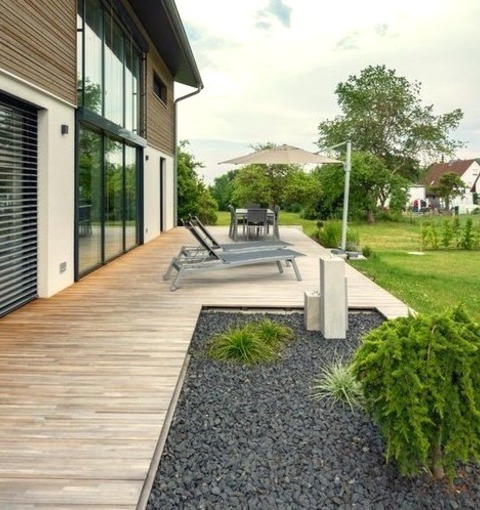
Uncovered in Munich Large modern side yard dock design idea without a cover
0 notes
Photo
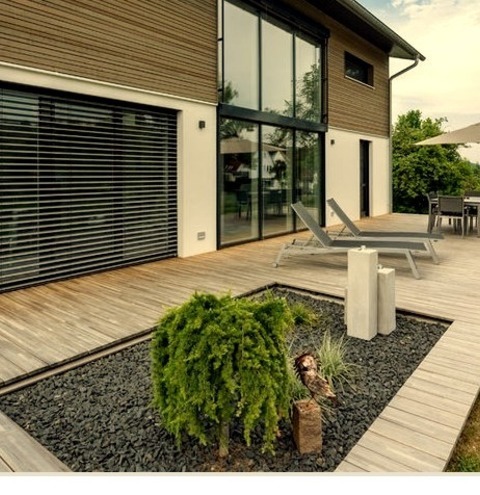
Contemporary Deck - Deck Photo of a large, modern side yard dock without a cover
0 notes
Text
An diesem sonnigen #Sonntag waren wir mit mehr als 30 Personen in der #Augsburger Innenstadt unterwegs. Mit vielen Passanten kamen wir ins Gespräch und das #ZDF war mit ihrem Team dabei. Bleibt gespannt auf die Ausstrahlung! https://t.co/YIVk6saEGk

0 notes
Text
Günstige Küche - Augsburger mit Sauerkraut
Günstige Küche – Augsburger mit Sauerkraut Für die günstige Küche – Augsburger mit Sauerkraut kann man natürlich auch die noch günstigeren Knacker verwenden. wenn man beides gleichzeitig zubereitet ist dieses einfache Essen in nicht ganz 20 Minuten fertig. Günstige Küche – Augsburger mit Sauerkraut Omas 1 Euro Rezepte sind jetzt auch als Taschenbuch erhältlich. Stöbert in 60 günstigen Rezepten…

View On WordPress
0 notes
Photo

Uncovered in Munich Dock - large contemporary side yard dock idea with no cover
0 notes
Text




Augsburg, Germany
#dark academia#classic academia#dark acadamia aesthetic#academia#academia aesthetic#darkest academia#germany#Art#architecture#darkclassicwithin#augsburg#history
563 notes
·
View notes
Text
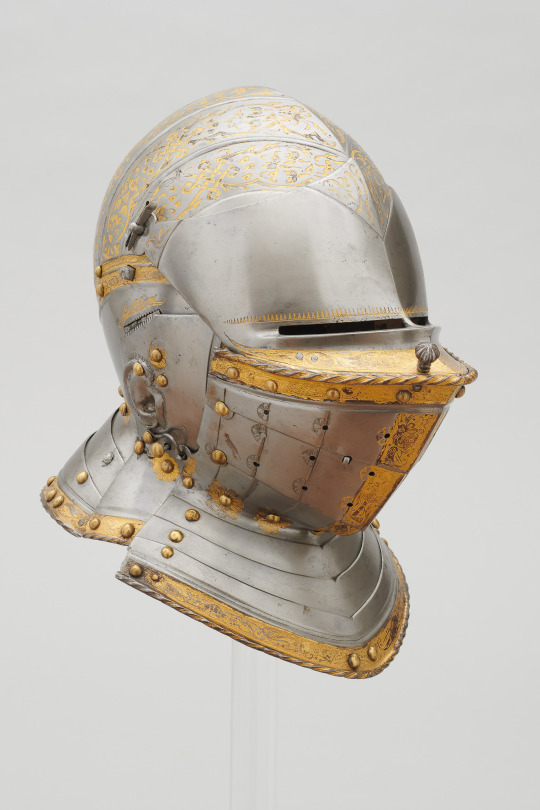
A closed Burgonet with a removeable visor made for Holy Roman Emperor Charles V, attributed to Desiderius Helmschmid,
Height: 12.4 in/31.5 cm
Width: 9.1 in/23 cm
Depth: 12.2 in/31 cm
Weight: 5.3 lbs/2.4 kg
Augsburg, Germany, ca. 1535-1540, housed at the Kunsthistorischesumuseum, Vienna.
#armor#armour#helmet#burgonet#europe#european#germany#german#augsburg#hre#holy roman empire#renaissance#khm#art#history
719 notes
·
View notes
Text
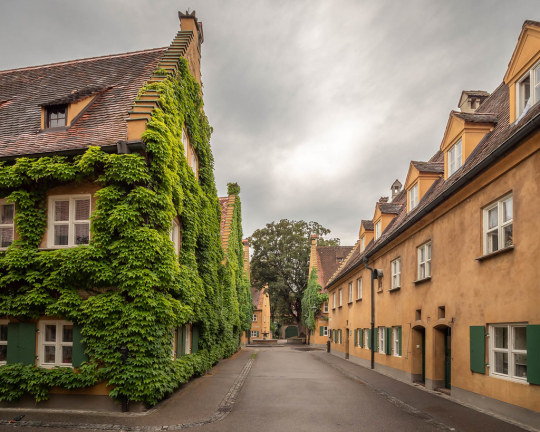
Augsburg, Germany *by Dietmar K
1K notes
·
View notes
Text

Subduing an Opponent
The Thun-Hohenstein Album, long-known as the Thun'sche Skizzenbuch
#knights#combat#duel#duelling#medieval#gothic#armour#europe#european#art#history#middle ages#knight#thun hohenstein#thun’sche skizzenbuch#prague#germany#german#augsburg#armoured#armours#armoury#weapons#weapon#sketchbook#drawings#drawing#sword#swords
1K notes
·
View notes
Text

Stripes
63 notes
·
View notes
Text

Portrait of a young man, Attributed to The Master of the Augsburg Portraits of Painters
120 notes
·
View notes
Text

An early 17th-century "plague panel" from Augsburg
Plague panel with the triumph of death. Panels of this kind were placed on the walls of houses to warn against the plague. A plague epidemy raged in Augsburg between 1607 and 1636.
#Plague panel#Augsburg#plague#epidemy#epidemic#17th-century#17th century#art#artwork#Skull and crossbones#1607 and 1636
59 notes
·
View notes
Text






Typography Tuesday
SCHWABACHER
Not all Gothic typefaces are the same, and there were several distinctive designs that were used in the early years of printing. While similar to the rounded Rotunda Gothic, Schwabacher is more angular and has certain distinctive letter designs, such as in the capitals A and H. It was perhaps the most common typeface in Germany until Fraktur supplanted it by the mid-16th century.
The name comes from the German town of Schwabach, just south of Nuremburg, where it is believed the font was designed. The earliest extant appearance of the typeface is from an Augsburg printing of 1472 (Augsburg is about 80 miles (129 km) south of Schwabach). It was famously used by Anton Koberger for both his Latin and German editions of the lavishly-illustrated Nuremberg Chronicle of 1493, a comprehensive history of the world from the creation to the date of publication compiled by Nuremberg scholar and doctor, Hartmann Schedel. Those editions proved to be so popular that the Augsburg printer Johann Schönsperger (ca. 1455-1521) plagiarized the editions to produce his own small folio German edition, with 2100 new woodcuts, in 1476, followed by a Latin edition in 1497, and then another German reprint in 1500, all using Schwabacher type.
The original leaf shown here is from the p signature of Schönsperger's 1497 Latin edition which is included in the leaf book . . . the highest form of flattery . . . by the American book designers, letterpress printers, and specialists in the Nuremberg Chronicle Adrian (1923-1988) and Joyce L. Wilson (1914-1996), printed under the direction of George R. Kane (1913-2009) at the Cowell Press of UC Santa Cruz by Felicia Rice (b. 1954) and Nick Zachreson in an edition of 90 copies in 1982. Ours is one of 60 copies bound in half leather. For the record, UWM Special Collections does not condone the breaking of books for sale or for inclusion in leaf books. Our copy was part of the donation from our late friend Jerry Buff (1931-2025).
View other posts on Gothic type.
View our other Typography Tuesday posts.
#Typography Tuesday#typetuesday#Gothic type#Schwabacher type#Schwabacher#Johann Schönsperger#Augsburg Chronicle#Nuremberg Chronicle#the highest form of flattery#Adrian Wilson#Joyce L. Wilson#Cowell Press#George R. Kane#Felicia Rice#plagiarism#incunabula#leaf books#Jerry Buff#15th century type
44 notes
·
View notes
Text

A stemmed cup, created in Augsburg from an Indian Ocean Nautilus shell and gilded silver in the 1600's.
#reddit#artefactporn#gagator43#cup#stemmed cup#augsburg#indian ocean#nautilus#cephalopod#shell#gilded silver#1600s
33 notes
·
View notes
Text
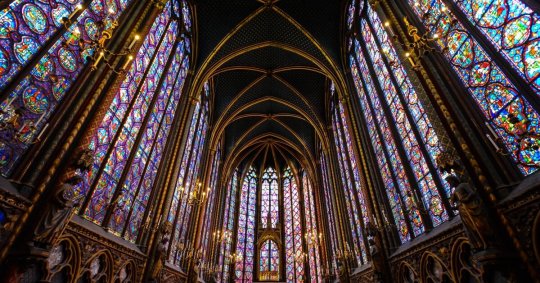
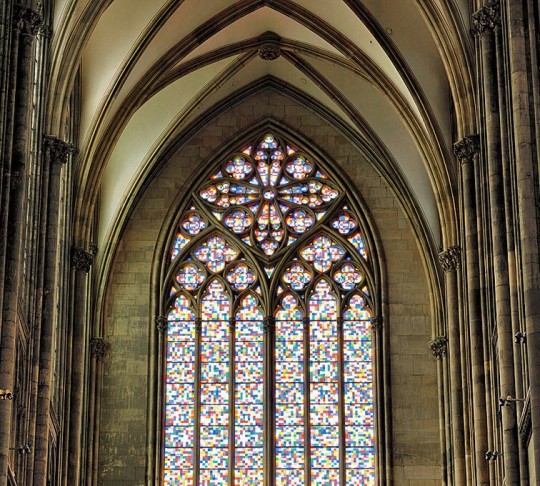
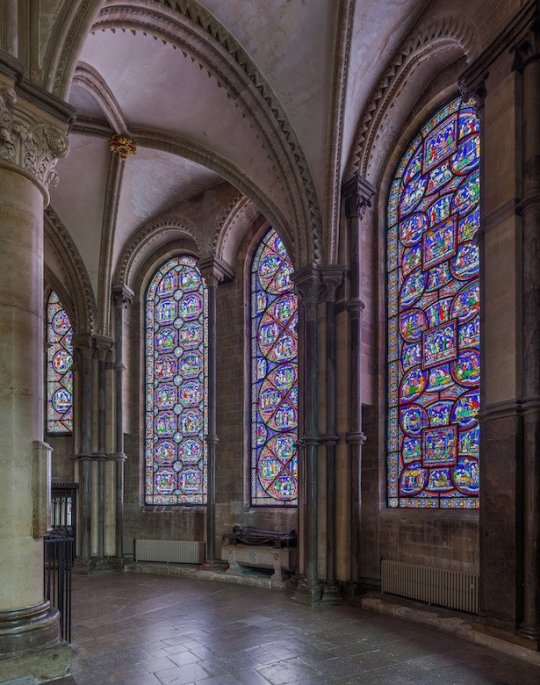

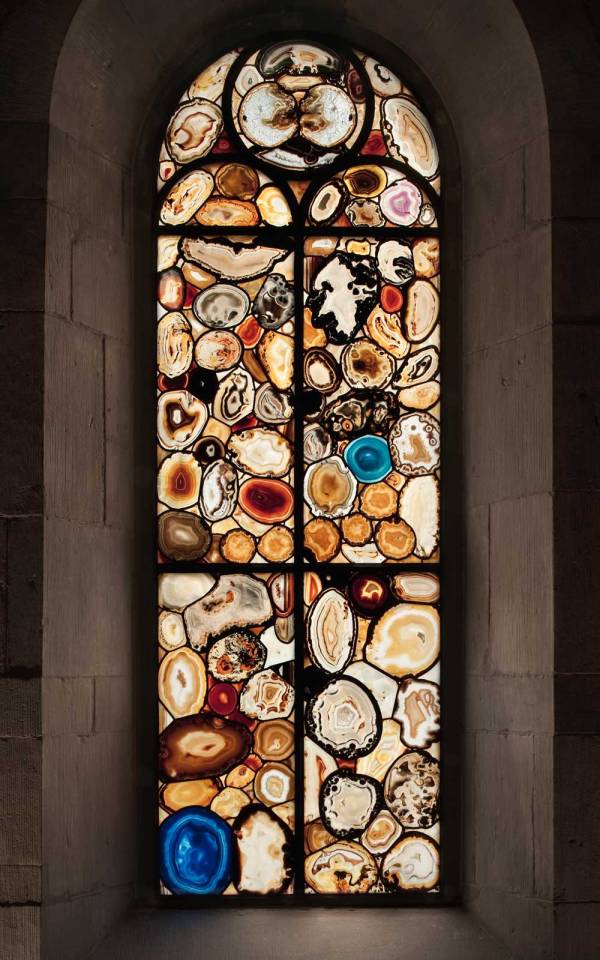

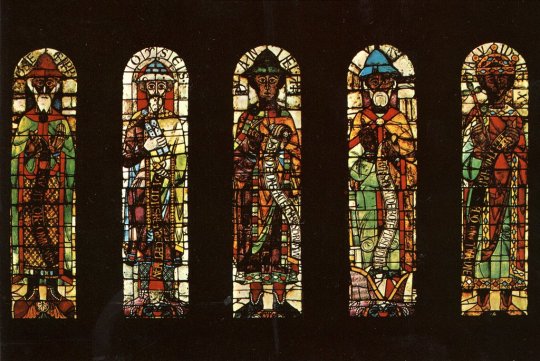
stained glass windows I can't get enough of.
1/ Sainte-Chapelle, Paris
The stained glass windows in Sainte-Chapelle form a drenched masterpiece of stained glass with 15 immense bays of vibrant colors and intricate biblical scenes. These 13th-century windows document the scenes of the Bible, from Creation to Apocalypse.
2/ Cologne Cathedral, Germany:
The stained glass windows of Cologne Cathedral were done in a number of periods, such as the 14th and 16th centuries, when some windows, including the St. Peter window and the Tree of Jesse Window, date from 1509. The design for the window of the south transept of the cathedral was done by Gerhard Richter, finished in 2007, with 11,263 glass squares in 72 colors.
3/ Canterbury Cathedral, England:
The stained glass of Canterbury Cathedral dates back to the 12th century, with some panels thought to be among the oldest in the world. In fact, the oldest glass within the building is over 840 years old, showing biblical figures and their genealogies. A range of the Ancestors of Christ series, dating from the mid-1100s, possibly constitutes the oldest surviving stained glass windows in England.
4/ Santurio Dom Bosco, Brazil
The stained glass of Santuário Dom Bosco in Brasilia was designed by architect Cláudio Naves with Hubert Van Doorne in the 1960s, it contains giant walls in stained blue glass with rosé glass at each corner, creating a really dramatic interior illumination.
5/ Grossmunster Zurich, Germany
The stained glass windows of Grossmünster Zurich were designed by Sigmar Polke and installed in 2009. The windows feature seven windows in the nave made from agate, which were cut into thin slices through which light was passed to create a brightly glowing effect. Five further figurative windows, depicting Old Testament figures leading towards the chancel window created by Augusto Giacometti in 1933.
6/ Metropolitan Cathedral of St. Sebastian, Brazil
The stained glass windows of the Metropolitan Cathedral of St. Sebastian were designed in an intricate symbolism in the city of Rio de Janeiro. The windows, from the 1960s, stand as a symbol of the unity, sanctity, mission, and hierarchy of the Catholic Church. They are part of the unique architecture that boasts a Greek cross and a round base drawing inspiration from Mayan pyramids to mean closeness to God.
7/ Augsburg Cathedral, Germany
The oldest of these stained glass windows are found in Augsburg Cathedral and date back to approximately 1065. Five Old Testament figures—Moses, David, Daniel, Hosea, and Jonah—are depicted in the Prophet Windows of the nave in monumental Romanesque style. Biblical scenes and stories of the Virgin also appear in later medieval windows.
#stained glass#cathedrals#sainte chapelle#cologne cathedral#canterbury cathedral#santurio dom bosco#grossmunster zurich#Brazil#metropolitan cathedral of st Sebastian#Augsburg Cathedral
57 notes
·
View notes